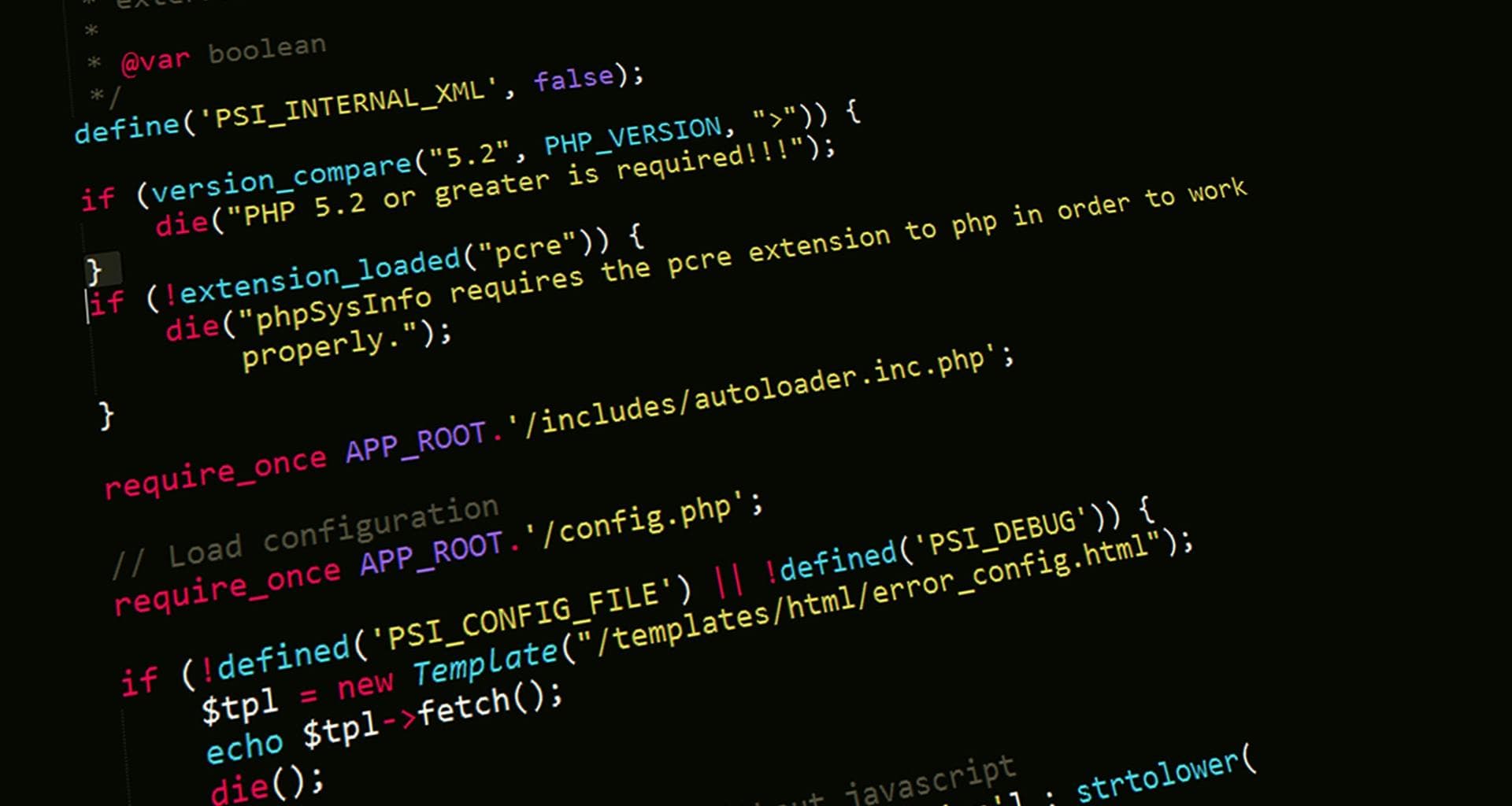

Asad Khan
2024-07-05 · 10 min read
Comparing Different PHP Frameworks
Selecting the right PHP framework is crucial for your application's success. This guide compares the most popular PHP frameworks to help you make an informed decision for your next project.
Comparing Different PHP Frameworks
Selecting a framework is the most important decision you'll make when building your application. This single choice will determine your project's future success, the effort required, and the availability of help and support.
Choosing an appropriate framework isn't a decision to be taken lightly. Every programming language and framework is unique, handling problems in their own distinctive ways. You don't need to master every framework to be productive, but you should understand the pros and cons of each to make an informed decision.
This article introduces and compares various PHP frameworks so you can make the right choice. A good decision early in your project's life will save you countless hours and headaches.
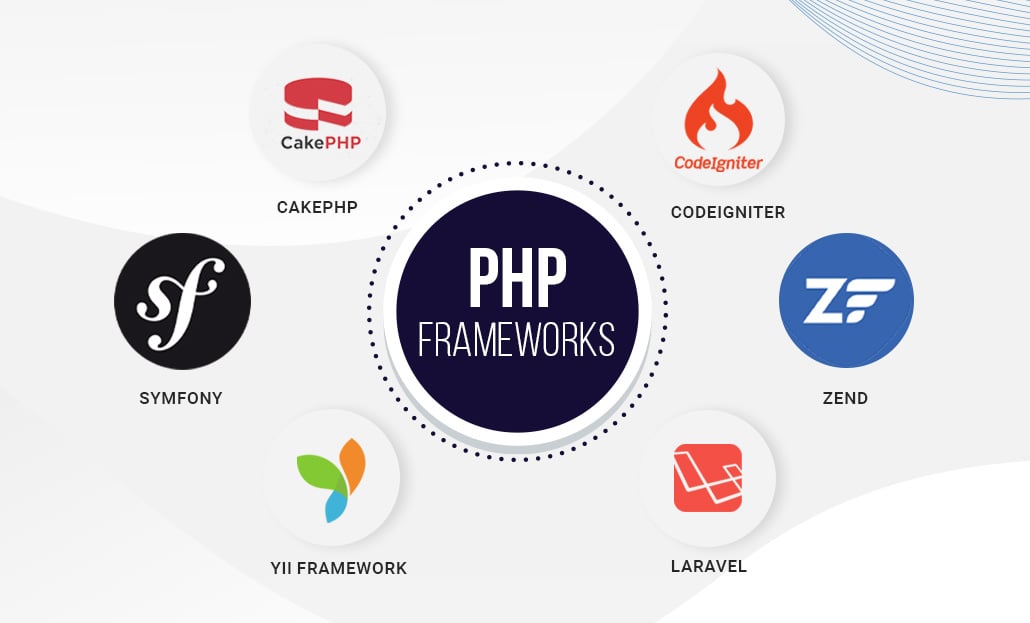
Why Use a Framework in the First Place?
PHP is remarkably easy to learn and use, making it simple to get started. However, developers working on applications with even moderate complexity have encountered various problems over the years. Some solved these issues, laying the foundation for modern PHP frameworks.
The most significant challenge was code organization and "spaghetti code" – a term describing poorly structured, mixed-up code without forethought or reason. Code that's redundant, repetitive, and ultimately becomes a mess.
PHP's ease of use became one of its biggest weaknesses:
- Code reuse becomes difficult
- Changing one component breaks others
- Multiple developers working on the same codebase creates chaos
Frameworks provide:
- A structured layout for code organization
- Ease of testing
- Simplified continuous integration
- Pre-built, pre-tested tools and libraries for common tasks
- Accelerated development time
Frameworks aren't a silver bullet for all projects. Large projects with unique requirements might lose more than they gain, while smaller, less complex projects are often better with plain vanilla PHP rather than a full-blown framework.
When evaluating frameworks, we need to consider:
- Pattern usage
- Data handling
- Component availability
- Modularity
- UI and developer tools integration
- Licensing
- Documentation
- Weight (lightweight vs. heavyweight)
- Community support
- Complexity
- Performance
Zend Framework

Zend is backed and sponsored by Zend Technologies, which monetizes through their IDE, integrated server software, and consulting services while keeping the framework open-source.
Pros
- Enterprise support (backed by Zend Technologies)
- Partnerships with Microsoft and Google
- Well-tested codebase
- Comprehensive training and documentation
- Loosely coupled features with aspect-oriented design using events
- All libraries can be used individually or together
- PHP-FIG compliant
- Used in popular applications like Magento (eCommerce CMS)
Tools and Products
- Zend Server
- Zend Studio
- Apigility (for creating APIs)
- Z-Ray (performance monitoring tool)
Cons
- Considered overly complex with a steep learning curve
- Less active development compared to its heyday
- No built-in ORM (can use Doctrine, but uses PDO by default)
- Uses view models (models specific to views)
Getting Started
# Create a new Zend Framework project
$ composer create-project zendframework/skeleton-application path/to/install
# Start the development server
$ composer serveResources
Symfony 3
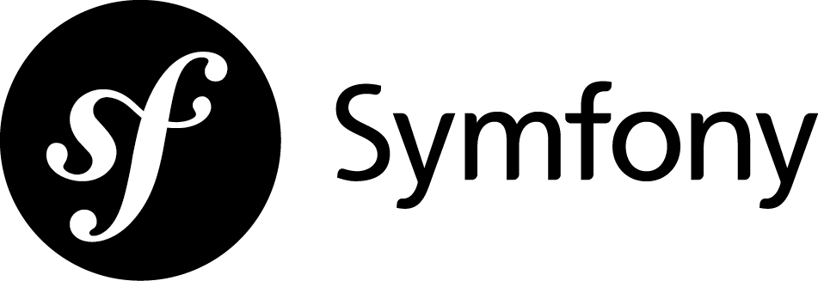
Symfony, like Zend, has corporate backing from French company Sensio Labs and is available under the MIT License.
Pros
- Solid community and documentation
- Flexible, modular architecture
- Deep toolbox with strong rapid application development features
- Portable, powerful components
- Set of decoupled components usable in any PHP application
- Used by major projects (Drupal, phpBB, Laravel)
- Employs patterns commonly used in Java
- PSR-0 and PSR-4 support for autoloading
Features
- Composer or custom installer support
- Twig template engine (optional)
- Doctrine ORM (default)
- Flexible routing (YAML, PHP, or XML)
- Organized using "bundles"
Cons
- Moderate learning curve
- Can be overwhelming for simple projects
Resources
CodeIgniter
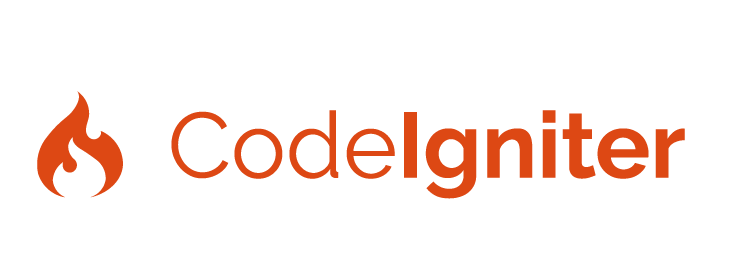
CodeIgniter is a lightweight MVC framework with a small footprint, using an MIT license since version 3.0.
Pros
- Lightweight and minimal
- Flexible and decoupled architecture
- Gentle learning curve (popular for beginners)
- OOP-based design
Features
- PHP-based templating (or basic templating engine)
- Active Record pattern for data models
- Helper classes for functionality
- Hooks concept (similar to WordPress event listeners)
Cons
- No native Composer integration
- No PSR/PHP-FIG support
- No CLI tools
- Lack of RAD (Rapid Application Development) tools
- Many features require external libraries
- Not considered a modern framework by some
CakePHP

CakePHP is a full-stack PHP framework created to provide Ruby on Rails-like functionality for PHP developers, emphasizing convention over configuration.
Pros
- Full-stack "convention over configuration" approach
- Corporate support through CakeDC
- MIT license
- Modern with PSR support
- Full Composer integration
- Built-in REST functionality
- Scaffolding for quick database interaction pages
Features
- "Bake" command-line interface
- Rebuilt ORM
- Elasticsearch integration
Cons
- Medium to steep learning curve
- Tightly coupled (requires using the entire framework)
Resources
Yii

Yii (meaning "simple and evolutionary" in Chinese) is managed by Yii Software LLC.
Pros
- Performance-oriented design
- BSD License
- Modern language constructs
- Full Composer support
- Easy tools for RESTful APIs
- Good event support
- PSR-4 autoloading
- Dependency injection
Features
- Simple HTML/PHP views (no special templating)
- Active Record pattern for data models
Cons
- Full-stack, "all or nothing" approach
- Limited corporate training/support
Laravel
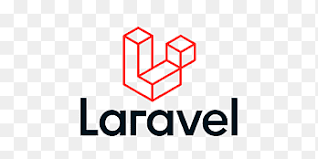
Laravel has become one of the most popular PHP frameworks, known for its elegant syntax and developer-friendly features.
Pros
- Elegant, expressive syntax
- Robust ecosystem
- Modern design patterns
- Active community
- Excellent documentation
Features
- Composer-based installation
- Artisan command-line interface
- Easy deployment environments (Homestead/Valet)
- Eloquent ORM
- Blade templating engine
Getting Started
# Create a new Laravel project
$ composer create-project laravel/laravel project-name
# Start the development server
$ php artisan serveMaking Your Decision
When choosing a PHP framework, consider these factors:
-
Project Complexity: For simple projects, lightweight frameworks like CodeIgniter might be sufficient. For complex enterprise applications, Symfony or Zend might be better choices.
-
Team Experience: Consider your team's familiarity with frameworks and PHP patterns.
-
Community & Support: Active communities provide better resources and faster bug fixes.
-
Performance Requirements: Some frameworks prioritize performance (Yii), while others focus on developer experience (Laravel).
-
Specific Features: Identify must-have features for your project.
Framework Selection Tips
Start small: Begin with core functionality and expand gradually
Prototype first: Test your application concept with a rapid prototype
Evaluate learning curve: Consider the time investment required for your team
Check community health: Look at GitHub activity, Stack Overflow questions, and release frequency
Consider long-term maintenance: Will this framework still be supported in 3-5 years?
Framework Popularity Comparison
Laravel: Currently the most popular framework with extensive ecosystem
Symfony: Strong enterprise adoption and component reuse
CodeIgniter: Still popular for simpler applications
CakePHP: Solid community with convention-driven development
Yii: Performance-focused with dedicated following
Zend: Enterprise-focused with corporate backing
The right framework for your project will depend on your specific needs, team expertise, and long-term goals. Take the time to evaluate each option carefully – the investment in proper research will pay dividends throughout your project's lifecycle.